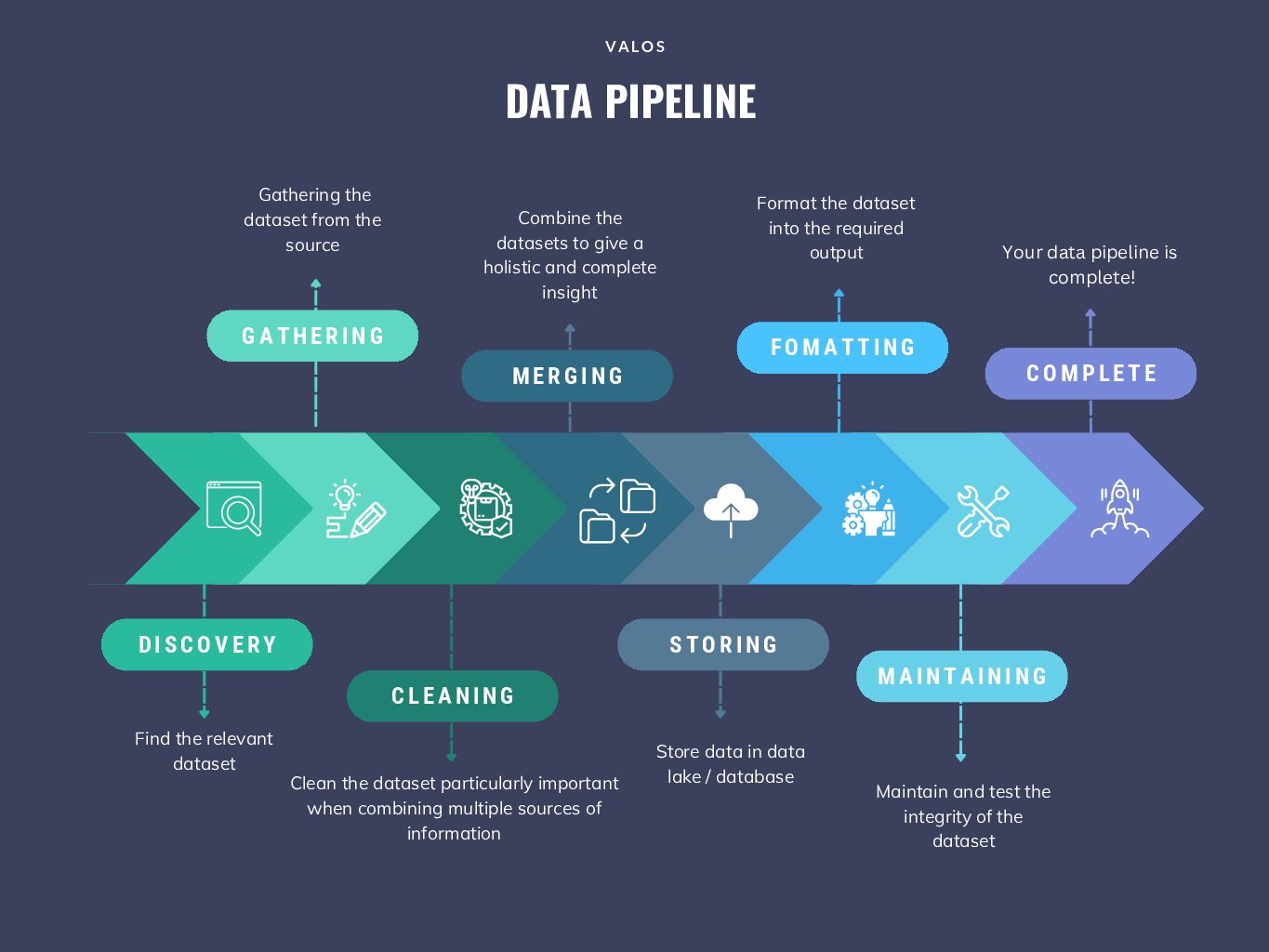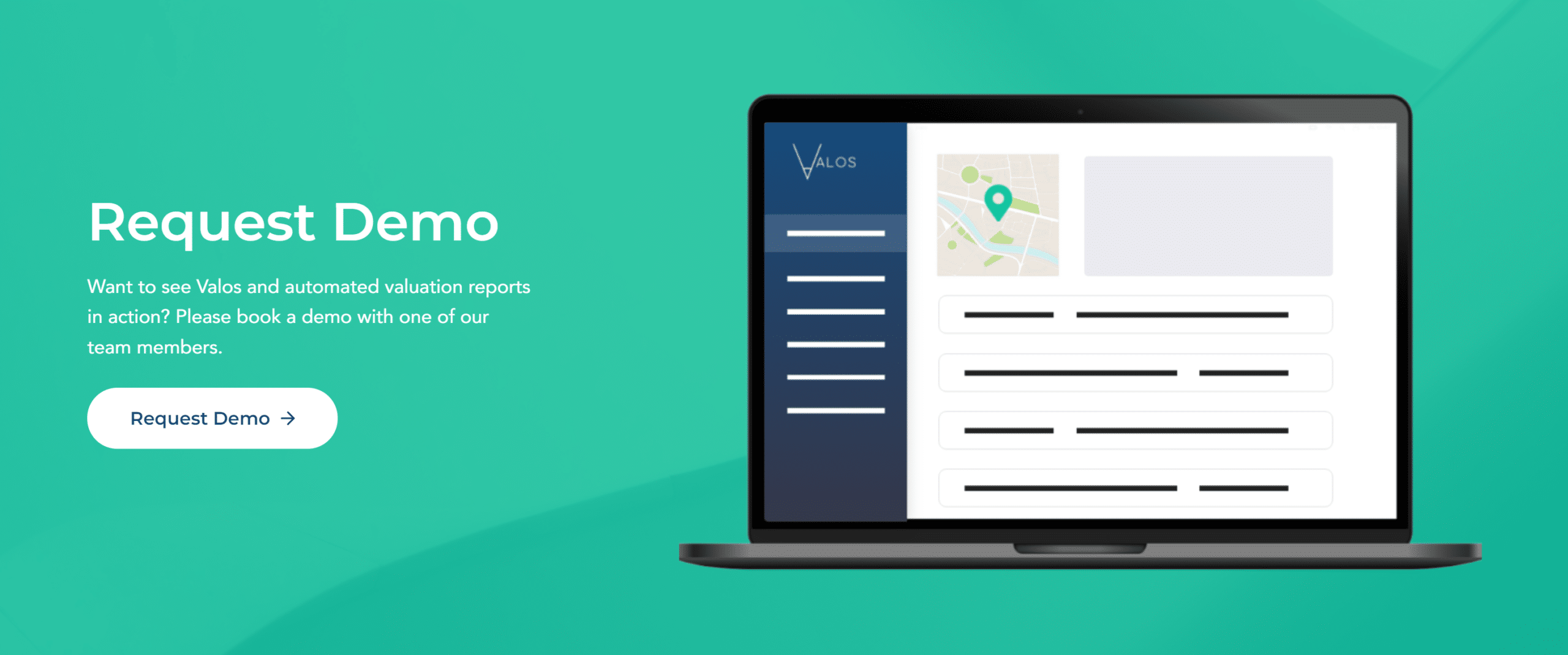Blog October 2023
Part two: Data Dos and Don’t Even Bothers
This is the second article in our series examining the role of technology in the property valuation process. It focuses on the importance of data; where it comes from, accuracy, availability and how technology has improved data processes.

Gathering and Cleaning Data
Technology can take the strain of gathering data for a valuation report. But perhaps even more importantly, it can help make existing datasets more accurate.
Through the use of a data pipeline (pictured below), technology can gather the data required from existing datasets, fix or remove inaccurate, corrupt, or incorrectly formatted data, and merge the output to produce a holistic, complete, and accurate dataset.
hiiiiiiiiiiiiiiiiiiiiiiiiiiiiiiiiiiiiiiiiiiiiiiiiii
A prime example of this might be when a Valuer searches for planning applications. The first issue you might encounter is finding the planning portal in the first place! But once you find the portal and begin searching for relevant planning applications, you’ll quickly realise you are at risk of missing pertinent information.
Let’s say you are asked to value 12, Example Street, W1 2BA. Then you might type the full address into the planning portal and it comes up with 5 planning applications.
At first, you may be thinking:
‘Great! This should do. I’ll read these and determine whether it has an impact on value.’
But what if you type in just the postcode, W1 2BA?
‘Oh, interesting, that’s come up with 3 planning applications that never previously came up.’
What happens if you type 12, Example Street?
‘Another 2 come up!’
Will excluding the comma make any difference?
‘It has!’
These variations are known as address strings and can have a large impact on data retrieved.
But its not just planning portals that this affects. You may have com across instances where the EPC, VOA, and planning portal all refer to the same property with a slight variance in how they display the address or even different postcodes!
On legacy software, unless the user types in the address string identically, they are likely to miss something. Newer sophisticated software can identify these address string types and increase accuracy by combining them with geographical co-ordinates to generate more reliable and accurate results.
These tools aren’t exclusive to use in external datasets. In fact, they can and should be applied to internal data too. Companies have a plethora of data within and between teams that is often relegated to the filing system. But by combining the internal and external datasets, it results in a more robust and powerful output enabling Valuers to make informed and accurate decisions, ultimately benefitting the customer.
Don’t – be caught out by legacy software and miss important information
Do – invest in software to ensure you gather all key aspects relating to a property
Trusted Data Sources
The outputs are only as good as the inputs! It’s extremely important that data is obtained from reliable sources. A valuation report generally includes data from reputable sources such as Ordnance Survey, Royal Mail, English Heritage, Land Registry, and the Environment Agency.
Using trusted data means minimising risk of providing an inaccurate valuation and safeguarding against costly insurance claims.
Don’t – risk using data without being certain of its source
Do – choose data providers carefully and have confidence in the decisions which follow
Audit Trails
A by-product, but important aspect of using technology in the data gathering process, is the creation of automated data-driven audit trails. Audit trails should enable the user to accurately determine when, where, and who collected what data. If a valuation then ever does come into question, the rationale and evidence can be provided instantly.
These automated audit trails can save necessary documents to folders and detail version history of reports with timestamps and authors showing when and which data was gathered helping reduce the time-consuming aspects of this manual task.
As RICS best practice for Registered Valuers suggests ‘an audit trail of information from first contact with the client through to eventual report, with reasoning clearly demonstrated’ should be kept.
Don’t – spend time and effort manually compiling an audit trail and saving information as pdf for subsequent filing.
Do – use technology to automate your data audit trail with greater accuracy and ease
Don’t Read This Part
Ah, we knew you would! Thanks for reading our blog. Hopefully, if you are doing any of the Don’ts we’ve explained above, you’ll consider implementing the Do’s instead and improve your data processes.
If you need help in doing so, please reach out and if you liked this blog, you may enjoy our others in the series:
- Read The Role of Technology in Property Valuations Part 1: The introduction of valtech
- Read The Role of Technology in Property Valuations Part 3: Radiant reporting
- Read Aitchison Raffety driving positive change in the valuation sector with market-leading technology
- Read How Our Plans Are Suited to Your Property Business


